Every day, the best League of Legends players log into the game client, find the “ranked game” option, and press the button that says “Match me with teammates.” After anywhere from one to 30 minutes of queuing, they eventually find a game, and each one crosses their fingers as the champion select loads, praying they avoid certain other players in their skill bracket.
Sometimes everything works out fine, with all 10 players feeling they had a competitive match with everyone trying their best to win. Often times, though, this isn’t the case. This is most commonly demonstrated on League Championship Series player personal streams, where you can watch frustration sink in as a player who mains jungle is forced into the AD carry role and crumbles to his opposition, who happens to be an AD Carry for a top LCS team.
The problem is that you can’t pick and choose your teammates in solo queue, the system matches you with four (or three) other players at the same level as you. This could mean a fully functioning team, or in the worst case scenario, five players who all main the same role, being forced to play out of position. That’s particularly frustrating for players at the highest echelons of League of Legends: the professionals, the amateurs in the Challenger Series, former LCS players who now play for fun and/or stream, and those who are talented enough but haven’t gone pro for one reason or another
But there is a solution. League, like many other popular multiplayer video games, is shipped with a fully functional custom game mode. It’s not the sandbox mode that players are clamoring for—you can’t fiddle with spell cooldowns or change how much gold you have—but you can simply invite some friends and play a game without the fear of encountering a troll or subpar teammates.
The idea of an in-house solo queue has been toyed with in the past. Cloud9’s Hai “Hai” Lam took the biggest step towards creating a dedicated system. His idea, “IHLoL” (In House League of Legends) took off on the League subreddit, hitting the number one spot, and gathered a lot of support. Like many exciting ideas posted on the site in the past, however, it was riddled with grand promises that never saw the light of day.
“In future I’ll be having Casters cast some games from the league!” he stated in one comment. “We will be hosting tournaments that offer prizes for all players (Minus LCS Players) within the league,” he wrote in another. Of course, it’s hard to blame Lam for IHLoL’s, as there is likely one key reason the idea was never spoken of after that.
Riot Games, unlike most other developers, has always been hesitant when it comes to allowing third party programs to be used in their game. Valve essentially lives off this for Counter-Strike: Global Offensive. It allows community members to create weapon skins that are sometimes added to the game and put up for sale, community made maps, and matchmaking websites/software such as ESEA and Faceit. It’s a similar story for Blizzard and World of Warcraft: Add-ons are almost a necessary feature these days for certain tasks, such as end-game raiding and player-on-player combat. So when one of Riot’s pro players began advertising a third party matchmaking website, it’s very possible the company put a halt to it. Either way, it’s unfortunate that the most promising in-house solo queue system to date slithered to halt for a reason yet to be revealed.
Lam was on the right track though. You will hardly ever see a pro Counter-Strike player in the designated in-game matchmaking. Instead, they’ll consult their friends list, look for fellow pro players or trusted high level players, and queue up on either ESEA or Faceit, depending on which region they’re playing from. Sometimes they’ll jump into a teamspeak server while playing the games, though with the built in voice client even that is not needed. The result is a guaranteed match where, at the very least, all four teammates are trying to win, with the opposition likely in the same situation.
While it’s unlikely that an LCS player would be permitted to use third party software like ESEA, that doesn’t mean the idea of an in-house solo queue is impossible. After all, all it takes is 10 players to come together, create a custom game, grab a couple of captains to pick the teams, and start the game. With 10 LCS teams and six challengers, that makes a pool of at least 80 players to choose from, and that’s not counting the teamless, retired, and not-LCS-driven, high-level players. Yet still, almost daily, you can find players under these categories publicly complaining about the state of the in-game solo queue.
In-house matchmaking would also offer a better practice environment for players, who outside of scrims, have almost nothing to work with. Recent debates over the lack of a sandbox mode compounds this fact even more. Scrims are fantastic: You and your team square off against another high level team for a couple of hours to practice various situations and strategies. It can be argued, however, that scrims are more for the teamplay and macro side of the game. You can bring out new champion picks, but it’s more common for players to try the champion in a few solo queue games first. At present, a player who wants to do this queues up and hopefully gets a team with no other members that play his role, or a higher position in the pick order to claim his spot—even as he also hopes that his opposite number is an experienced player in that position who can provide proper practice for this new pick. With an in-house system, the player would guarantee himself practice against a top level opponent, giving him a true indication of how viable his new pick is before potentially wasting time with it in a scrim.
The benefits are obvious. So why hasn’t this been properly explored in the past? Sure, third party software would likely be barred from use by pro players, anyone can create a document or spreadsheet to keep track of who is “in.” As for organizing the games, Skype has always been the home for finding scrims among the top teams, so the same system could apply here, at the very least the game itself has an built-in chat room feature, usable for up to TK players.
Time is a major factor. LCS players are busy. They’d need to spend at least a few hours set aside to kickstart an in-house system, and that’s if you kept it basic (just using a Skype group and a Google Document). That, coupled with the fact that creating teams and matches would likely have to be done manually (without using a third party client), means that the time investment would be fairly high, depending on how many people would create and run the system. Creating matches wouldn’t be too difficult. Members would just state their desire to play and wait for the rest of the roles to fill up—almost exactly how the current system works anyway, only with a little more proactivity required.
The player pool is another major stumbling block when it comes to the viability of an in-house matchmaking system. With 50 LCS members and another 30 challenger series players, you have a minimum of 80 available, and that’s if all of them are interested. Due to the ranking system in League of Legends, there’s some need for certain players to be at the very top of the leaderboard, even if that play rarely translates into competitive play. Playing an in-house league would mean less time chasing or holding that number one spot.
At most, you’ll probably be left with less than 150 players, with the current Challenger rank in solo queue featuring 200, with hundreds more in Master tier getting into matches with them. The chances are slim that finding a game would be as fast as queuing up through the League client, and perhaps could only be used during peak times after the LCS players finish their scrims for the day.
It’s bizarre that this isn’t a common practice in arguably the biggest esport in the world. Faceit recently introduced its own in-house pro league for CS:GO, with a $20,000 prize pool every month, merely for participating in mix teams made up of pros from various different teams at the top level of CS:GO. Thus far, the reaction from the players has been extremely positive. And yet, somewhere out there, a League of Legends professional is about to hit the play button and find himself a subpar match, when all he wants is a competitive environment to practice in, a competitive environment that is lying out in the open for anyone to start, yet no one does.




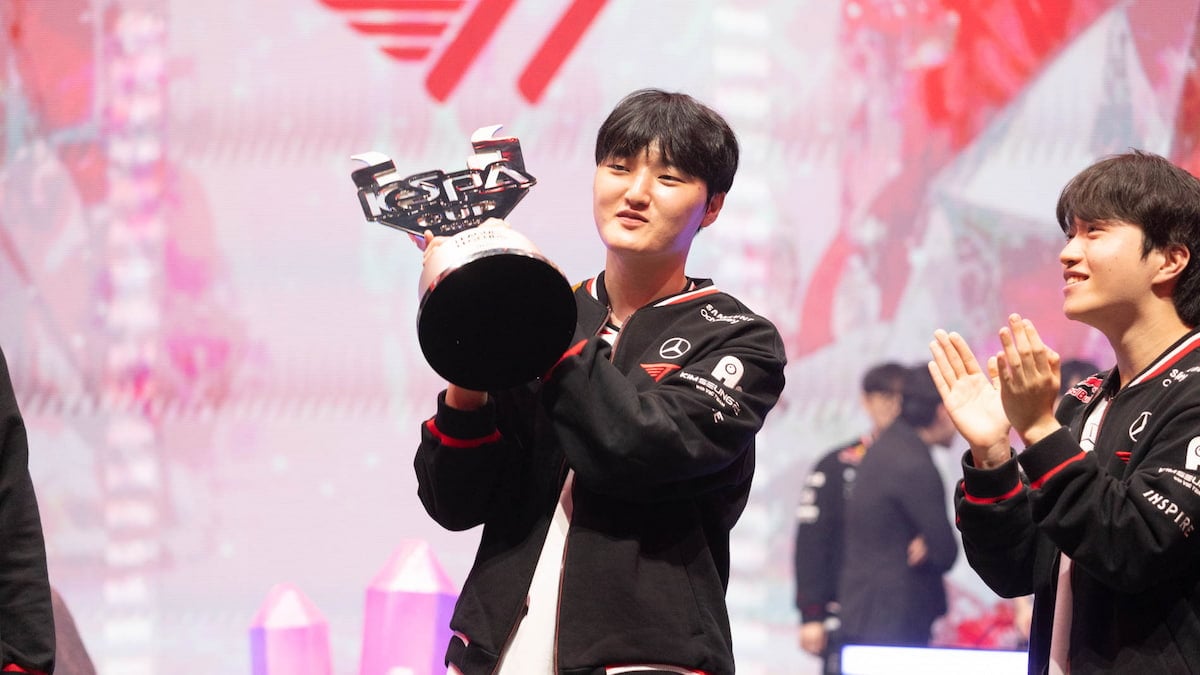
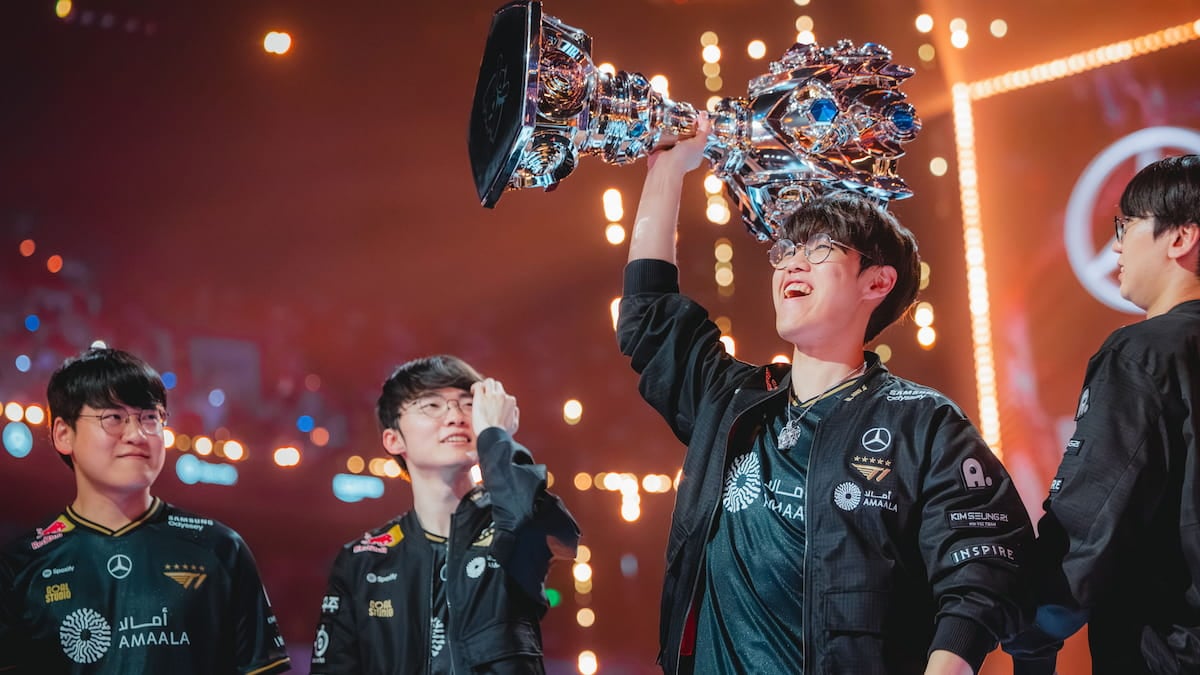
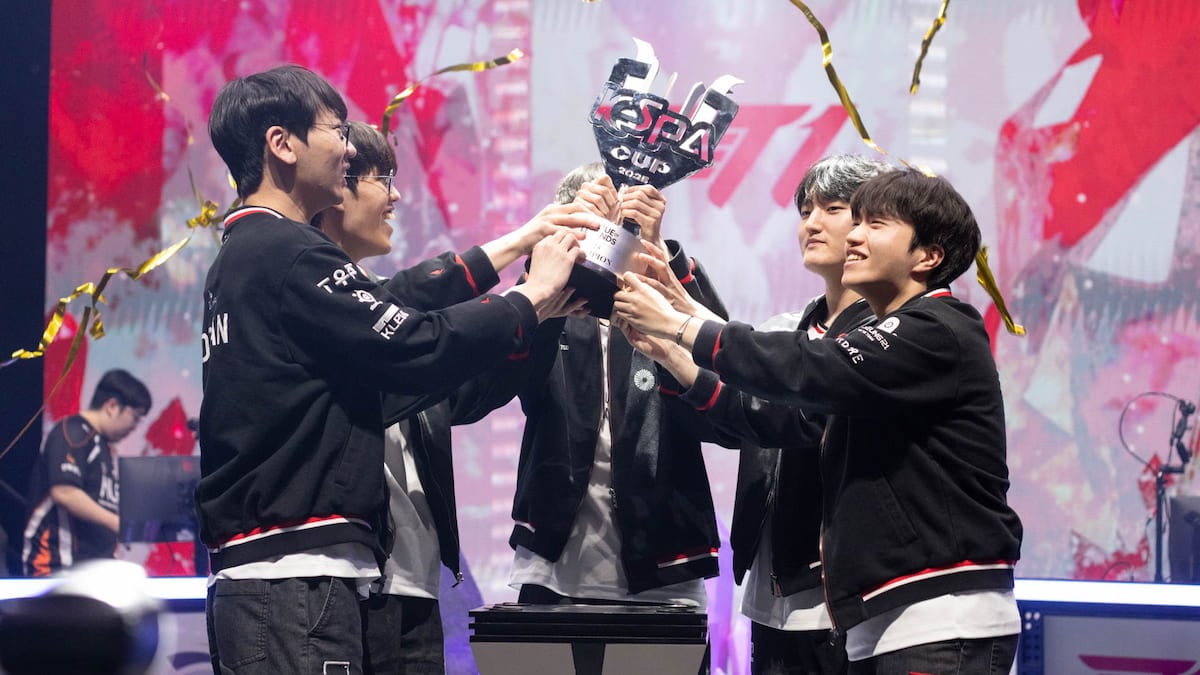
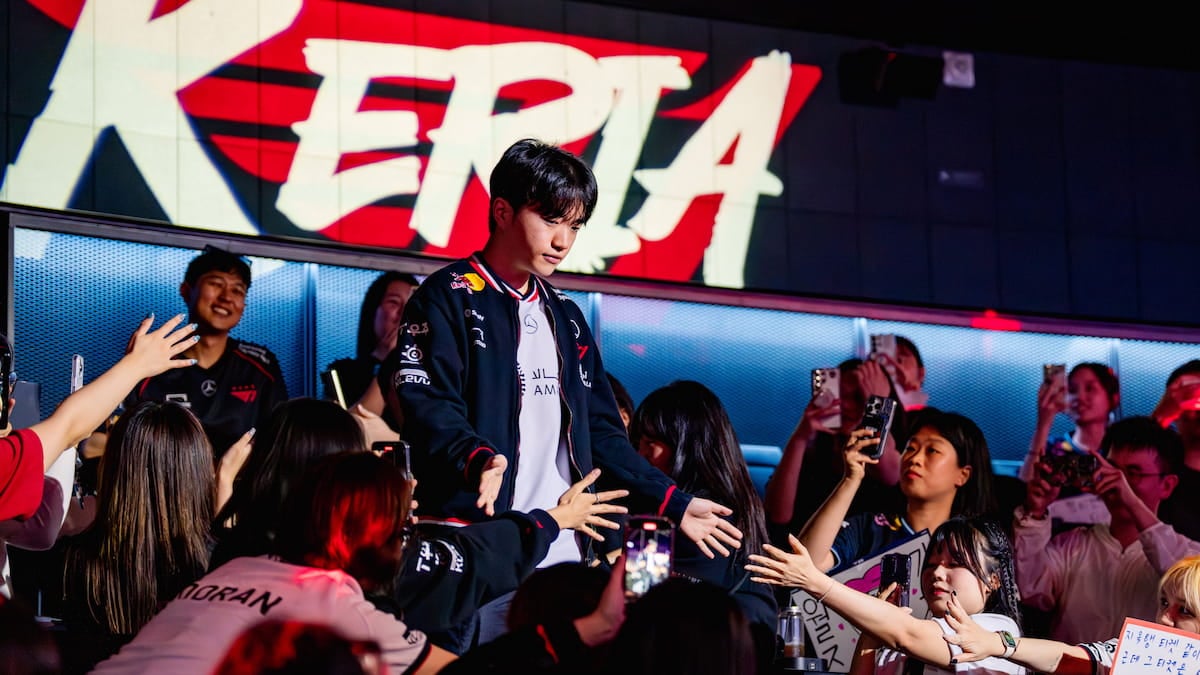
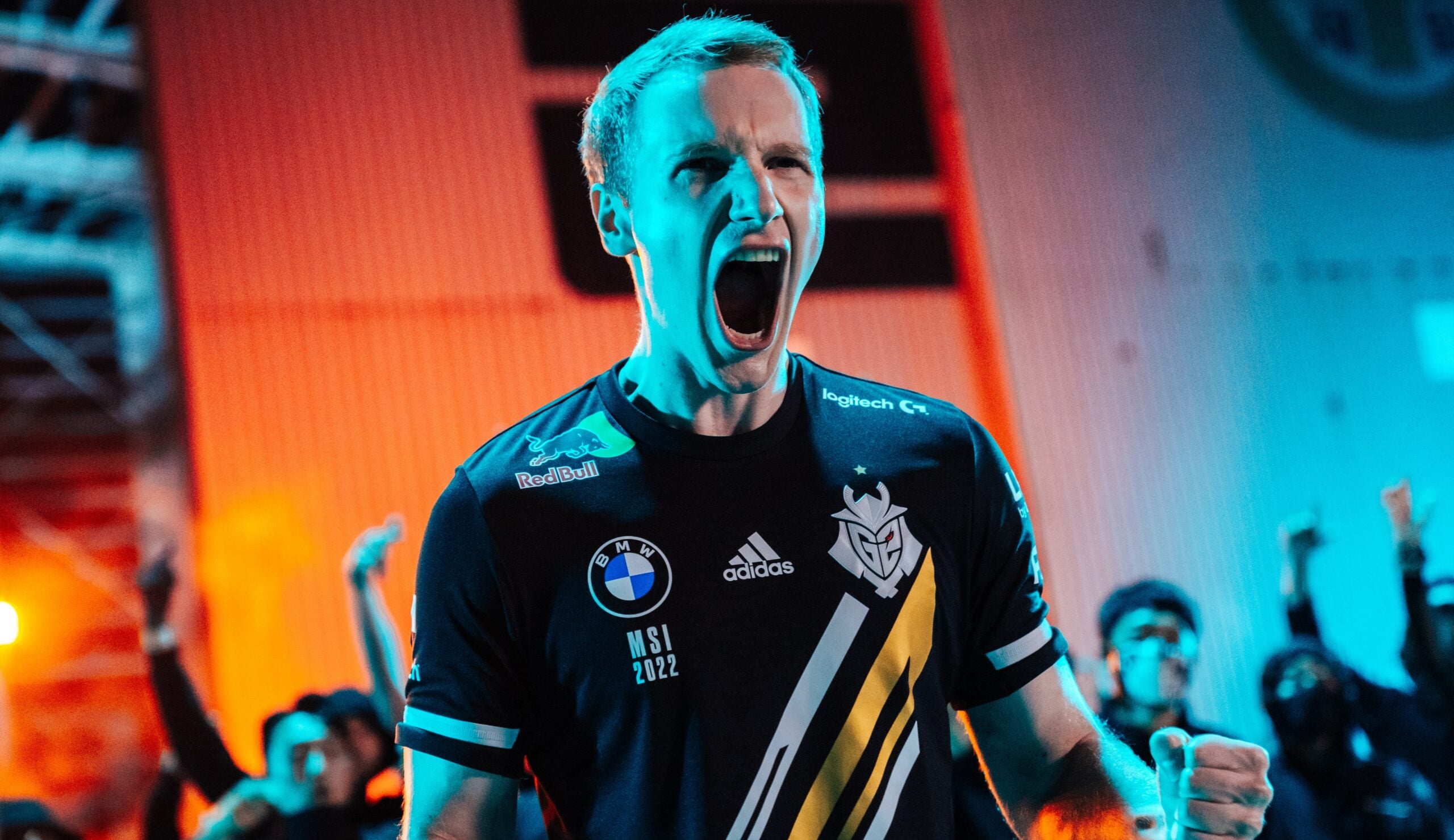
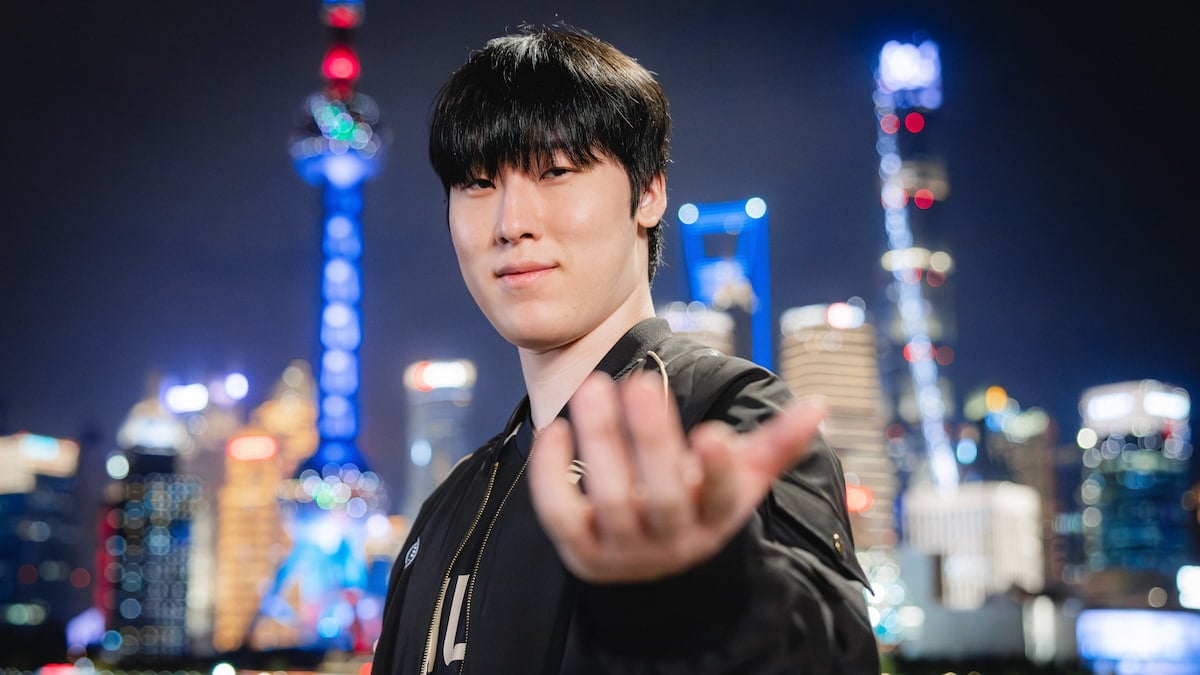
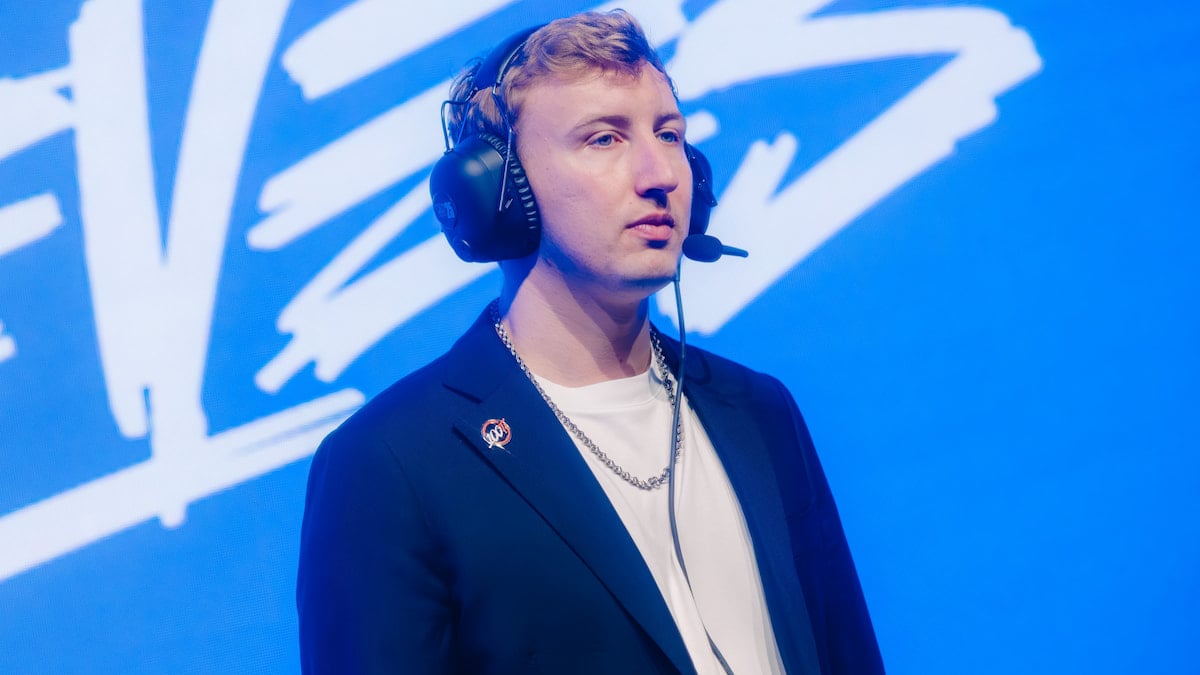

Published: Aug 18, 2015 01:22 pm